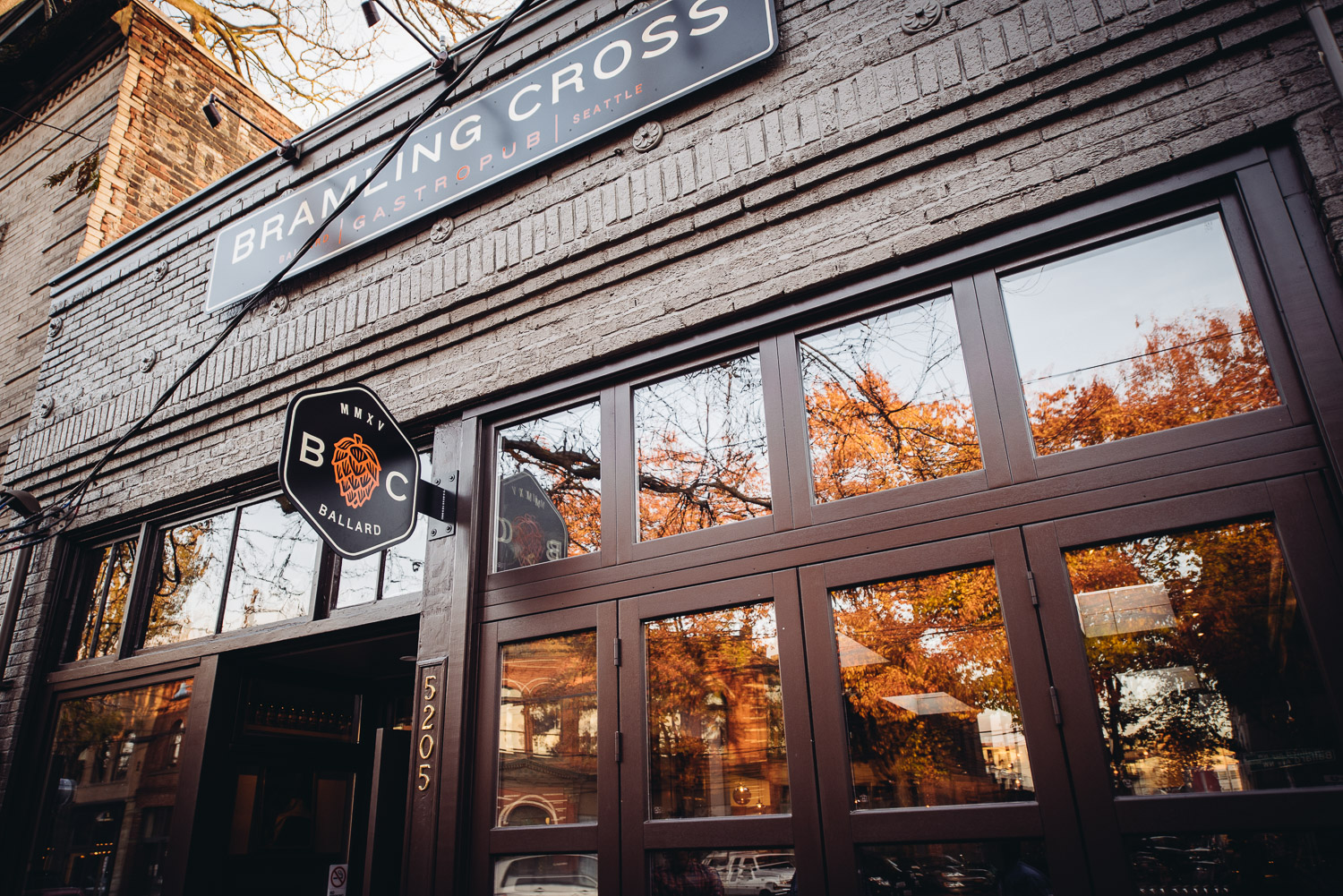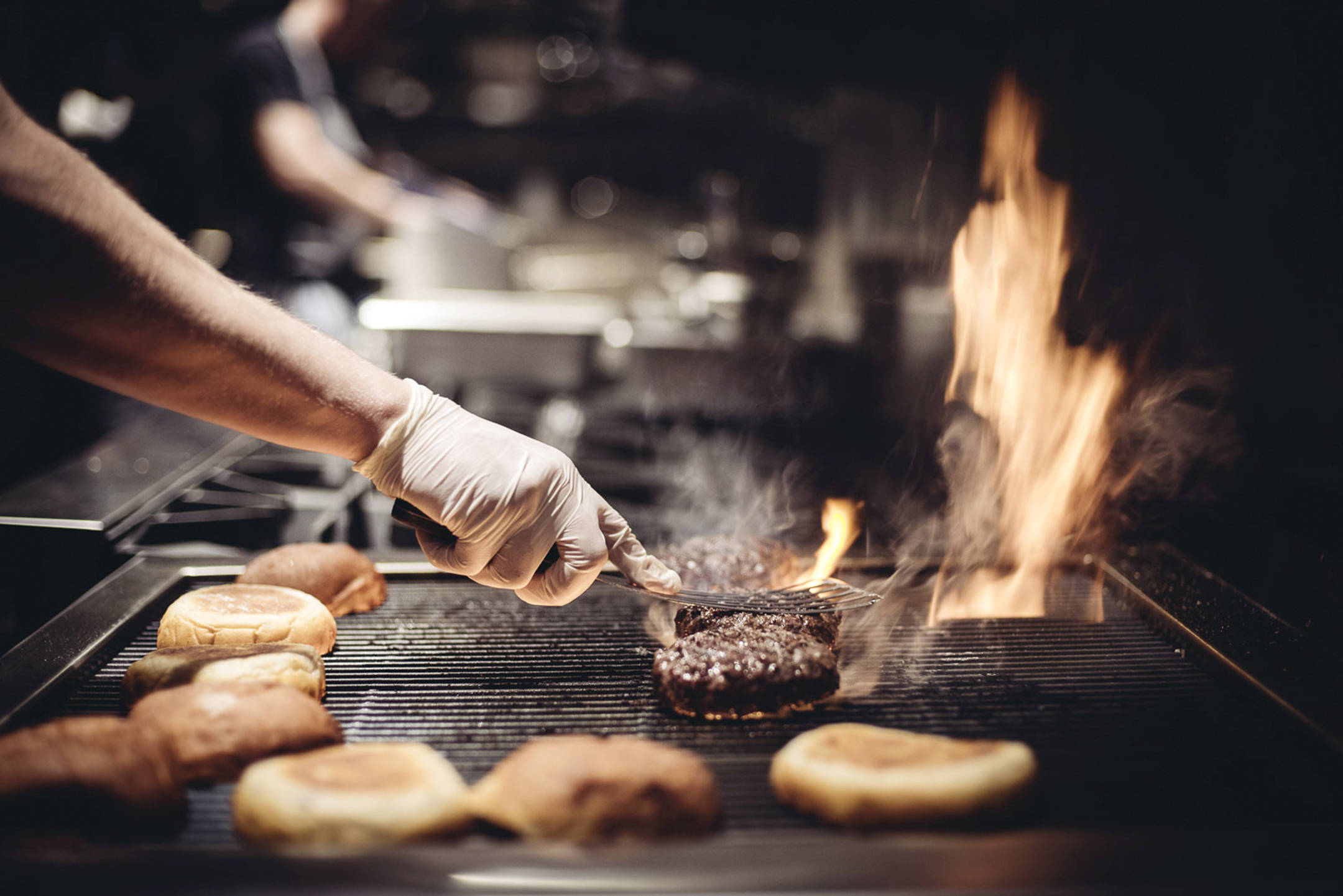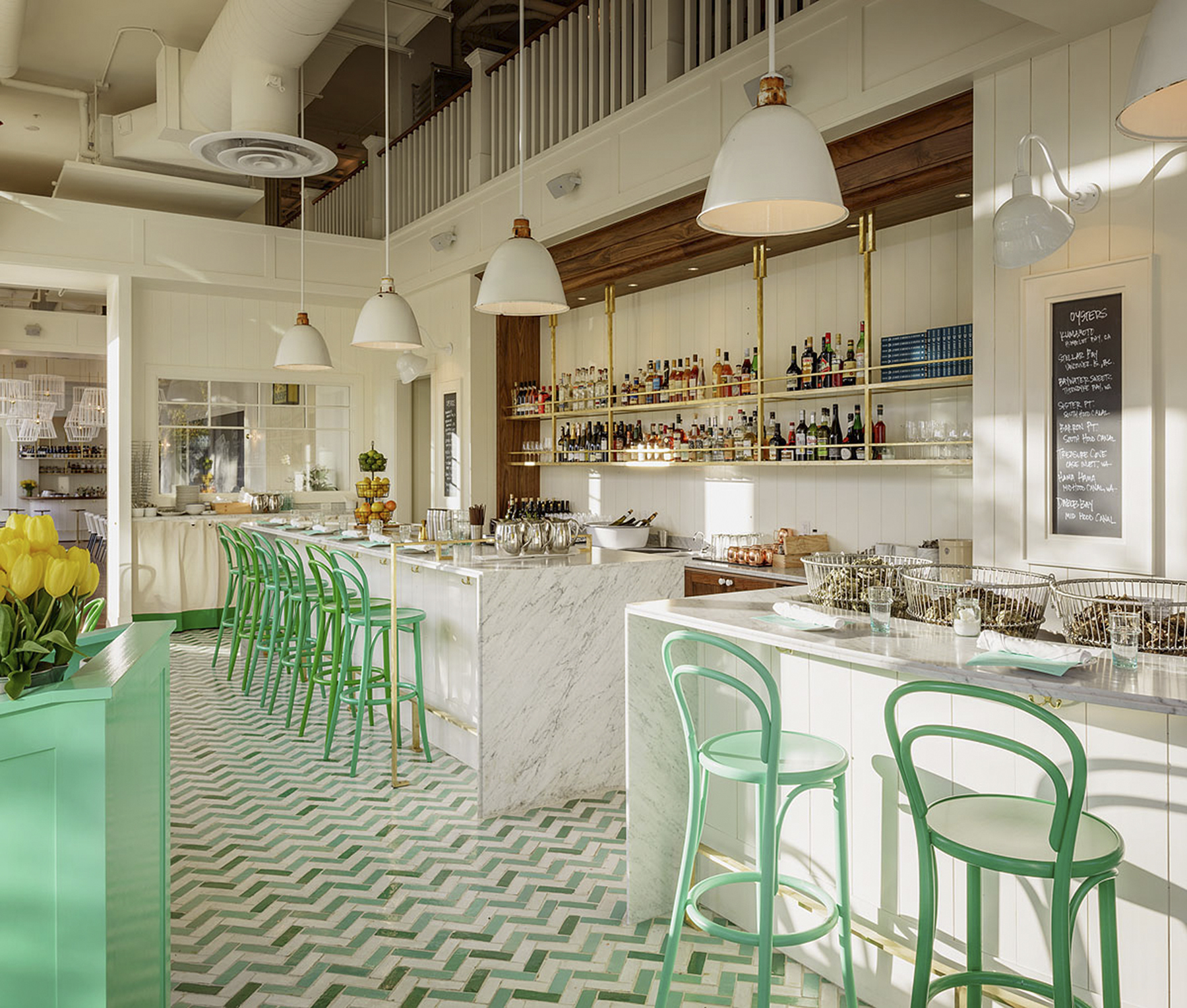Thank you Adam Platt (Grubstreet) for so trenchantly articulating my own frustration with the decline of quality desserts in restaurants. In Platt’s post, “Why This is The Dark Age of Dessert,” he bemoans the dearth of pastry chefs, and “the glamorous crescendo of sweets at the end of every meal.”
Writing of New York City, he proclaims: “The city may be awash, as I’ve written before, in a happy tidal wave of artisanal bakeries, ice cream parlors, and New Age doughnut shops, but the grim reality is that for lovers of the old-fashioned, sit-down restaurant dessert, this is the Dark Age.”
I couldn’t agree more, and I’m heartened to not be alone in my dessert snobbery. While I love a good donut or croissant from a bakery just as much as the next sweet tooth, I miss the days of sublime, gorgeously executed desserts from trained pastry chefs. But in these times of economic prudence, many restaurateurs just don’t have the funds to employ the likes of a Johnny Iuzzini (former pastry chef of Jean-Georges Vongerichten) or Jacques Torres (New York’s chocolate maestro). Instead, the chef tries his hand at some newfangled (often too savory) twist on a classic dessert, or “menus are flooded with pre-made pies, cakes, and puddings that can be put together ahead of time and whisked out to diners as quickly as possible.”
Instead, Platt says, “of delicate wisps of, say, iles flottantes, we critics debate the latest gourmet version of carrot cake, or an endless, mind-numbing procession of fried beignets, churros, and gourmet doughnut holes, all of which taste fine, thank you, but also pretty much the same.”
As I wrote recently of Seattle’s new chic Spanish Aragona: “Dessert, too, suffers from an identity complex. Would I be most satisfied with the fried xuxos (basically Spanish donuts, in this case filled with vanilla cream) or the more inventive-sounding steamed almond and sweet potato cake with chestnut, honey, and muscatel?” While I did proclaim the donuts as delicious (the sweet potato cake was dry), the fact remains that it’s still just a donut.
The same went for a meal I had at Westward, the new-ish Seattle seafood restaurant from Josh Henderson: “Dessert, as it admittedly so often does for me, disappointed. A chocolate olive-oil cake sounded mandatory, but had no discernible chocolate taste and was on the overly savory side, especially with the jarringly large grains of sea salt on top. The only sweetness on the plate was the brandied cherries, which, like a kid, I eagerly devoured. Likewise, the loukoumades (Greek donuts akin to zeppoles) were on the dry side, sweetened with too little of a tasty roasted-plum compote.” There’s those donuts again.
Ditto says Platt of “pre-made puddings (or panna cottas, watery rice puddings, and the ever-durable chocolate pot du creme) and scoop after scoop of antically flavored ice cream (olive oil, sea salt, etc.).”
Such is the case at one of my new favorite restaurants, Brimmer & Heeltap, where the chef has made the decision to only make cold parfaits. As I wrote in my review of it: “If you just aren’t into parfaits, there’s hot cocoa and a shortbread cookie. It’d be nice to see perhaps some other cookies or a couple more easily pre-prepped items join the uber-curated offerings.” While I gave them kudos for making the decision to only serve parfaits, that’s largely because I’d rather something simple and good then something ambitious but botched.
Likewise, at the trendy new Rock Creek seafood restaurant, dessert suffered from the lack of a pastry chef, and in my review of it I maintained that “Dessert needs work, which seems to be the case in so many otherwise top-notch restaurants these days. The Key lime pie in a jar (pies in a jar belong on the pages of Ladies’ Home Journal, not in a serious-minded restaurant) is a creamy Graham-cracker mess with not a lot of lime happening. The coconut cake tasted good, but was too tough to chew.”
Even when I touted a dessert at the edgy Fremont restaurant Le Petit Cochon, it still came back to fried dough: “A self-proclaimed dessert snob, I actually loved their ‘Not Your Mama’s Apple Pie,’ which consists of apple fritters with a true velvety interior (rather than just overly fried dough), served with a tart apple consomme, chunks of cooked apple, and maple-parsnip ice cream with caramel.”
Of course, Platt also smartly points out that people’s changing taste may also be a factor in this dessert apocalypse. Ridiculously over-the-top comfort food style sweets are more popular than ever, hence the recent hysteria over the cronut. There’s cupcakes studded with bacon, ice cream in increasingly gourmet flavors, and nostalgia for old-fashioned desserts like bread pudding. Give the people what they want, is perhaps the credo of restaurateurs – and if want they want happens to be easy and cheap to make, but able to pull in ten bucks, then why the hell not?
Yet, still, I have hope – thanks to people like Rachael Coyle, who treats her desserts (which she now serves at a monthly pop-up at the Book Larder) as the artful blend of precision and flavor that they’re meant to be. A French Culinary-trained pastry chef who worked at the Herbfarm and Le Pichet, Coyle bakes world-class French and English confections—and people clamor for them in droves.
Plus, trends are just that. And the restaurant scene sways to each and every new breeze that blows in. Given that, I fully expect a resurgence of classic desserts in the future. We may never be Vienna, but surely a savvy chef or two will soon take note of the dull and ubiquitous sweet scene and go forth with, if not a full-blown dessert cart, perhaps a 15-minute souffle.








